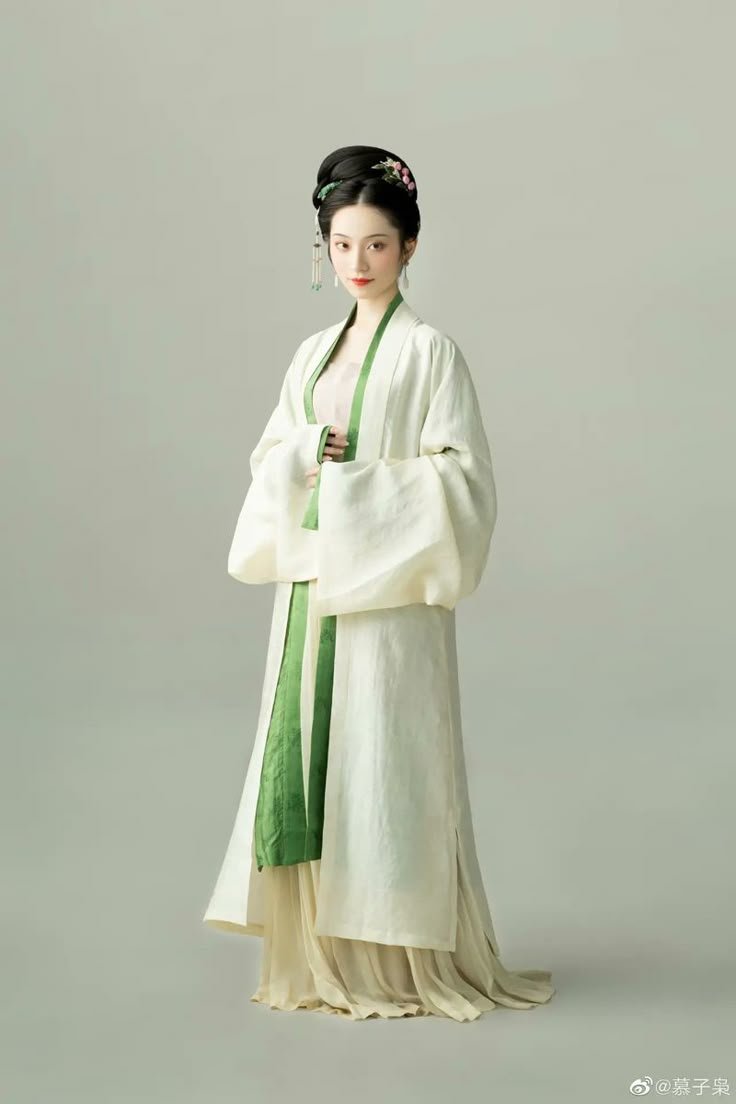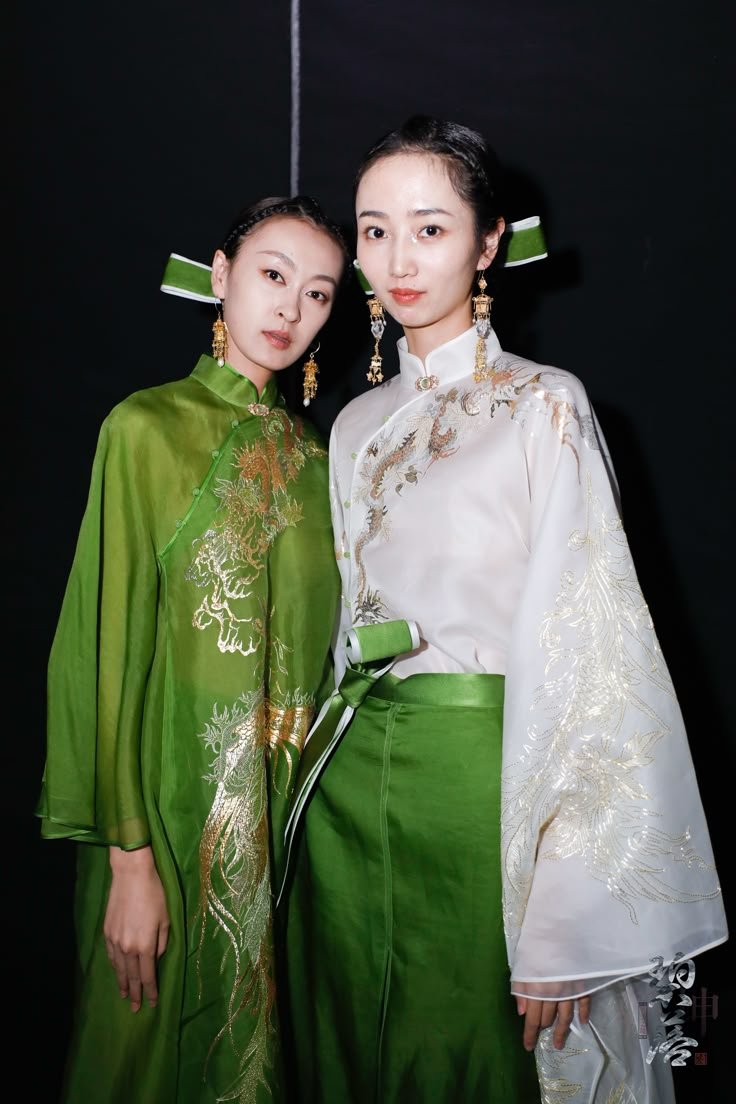Traditional Asian clothing carries deep cultural significance, reflecting centuries of craftsmanship, symbolism, and regional identity. In the modern era, these garments have evolved, blending heritage with contemporary aesthetics and responding to shifting social and economic landscapes. Below is a detailed look at how traditional attire across Asia is being redefined today.
Resurgence of Cultural Pride Through Fashion
Many Asian designers and communities are reviving traditional clothing as a statement of cultural pride. In India, younger generations are embracing handloom saris and kurtas not only for festivals but also for everyday wear, bolstered by campaigns promoting indigenous textiles. This renewed interest helps preserve crafts like Banarasi weaving and natural dyeing, which had been in decline due to industrialization.
Integration Into Global Fashion Trends
Elements of traditional Asian attire have entered mainstream fashion worldwide. The Japanese kimono has inspired modern jackets, dresses, and streetwear silhouettes. Similarly, Chinese qipaos have been reinterpreted with updated cuts and fabrics for red-carpet events and luxury collections. This fusion has introduced wider audiences to Asian heritage while giving designers creative freedom to innovate
Technological Advances in Textile Production
Modern textile technology has transformed how traditional garments are made. Eco-friendly fabrics, 3D printing, and sustainable dyeing techniques are increasingly applied to ancient patterns and forms. For example, South Korean hanboks now come in lighter, machine-washable materials, making them accessible for everyday occasions without sacrificing their signature design.
Adaptation to Contemporary Lifestyles
Many traditional outfits have been adapted for comfort and practicality to fit modern lifestyles. In Malaysia, the baju kurung is now produced in wrinkle-free fabrics suitable for office settings. In Vietnam, the áo dài has evolved with shorter hemlines and slimmer fits to accommodate urban commuters while maintaining its graceful lines.
Political and Social Expression
In some contexts, traditional clothing has become a symbol of resistance or solidarity. The Myanmar longyi, worn during protests, has underscored national unity. Similarly, indigenous clothing among ethnic minorities in the Philippines and Thailand is being worn with renewed visibility to assert identity in the face of globalization and cultural homogenization.
Sustainability and Slow Fashion Movements
As sustainability gains prominence, traditional Asian attire aligns well with slow fashion values. Many garments are handmade, durable, and created from natural fibers, embodying a circular economy before the term became popular. Designers now market these qualities as advantages, appealing to conscious consumers seeking authentic, ethical products.
Revival of Forgotten Crafts
Efforts to revive lost techniques are growing. Young artisans are retraining in embroidery, loom weaving, and natural dye practices that had faded. Organizations across Asia have developed training centers and cooperatives to keep these skills alive, ensuring that garments are not only worn but also produced in ways faithful to their origins.
Final Thoughts
The evolution of traditional Asian attire illustrates how heritage and innovation can coexist. As designers reinterpret classic garments and consumers rediscover their value, these outfits are finding new relevance in modern wardrobes. This balance ensures that traditional attire remains both meaningful and practical in a rapidly changing world.
If you’d like, I can also prepare a meta description, secondary keyword suggestions, and internal link ideas for improved SEO performance. Just say the word!



